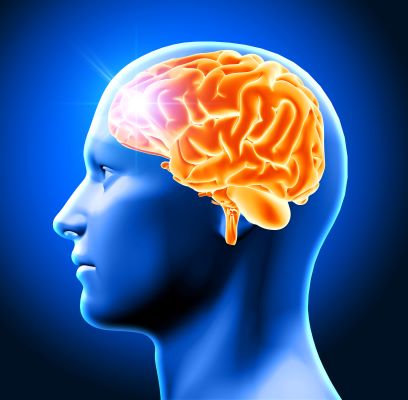Stroke – What is it?
A stroke happens when blood flow to a part of your brain is stopped or suddenly disrupted. Because your brain cells depend on a steady flow of oxygen-rich blood, when that flow fails, cells begin to die and the area of the brain that those cells control stops working properly. When part of your brain is suddenly deprived of blood, it can no longer send correct signals or control the body the way it should. This can lead to serious problems such as:
- Weakness or numbness in one side of the body
- Speech or vision problems
- Loss of balance or coordination
- Long-term disability or even death if not treated quickly.
Time matters: the sooner someone who is having a stroke gets to a hospital, the better their chances of recovery.
Symptoms of a Stroke
Here’s a simple tool to help you remember the main warning signs of a stroke. If you spot any of these in someone (or yourself), act immediately:
Recognizing a stroke – the BE FAST warning signs
- B – Balance: Sudden loss of balance, dizziness, or trouble walking.
- E – Eyes: Sudden trouble seeing in one or both eyes.
- F – Face: Sudden drooping or numbness on one side of the face, like an uneven smile.
- A – Arms: Sudden weakness or numbness in one arm—or difficulty lifting both arms.
- S – Speech: Sudden slurred speech or difficulty speaking or understanding others.
- T – Time: Time to call emergency services immediately.
If any one of these appears, don’t wait to see if it passes—call help right away.
Other possible Stroke symptoms
In addition to the BE FAST signs above, there are other, less specific signs that might mean a stroke is happening:
- Sudden and severe headache with no known cause.
- Drowsiness, nausea, or vomiting.
- Loss of consciousness or seizures.
- Sudden onset of:
- Numbness or weakness in one side of the body,
- Confusion or trouble speaking,
- Trouble seeing in one or both eyes,
- Trouble walking or loss of balance, and a
- Severe headache with no known cause.
Because strokes affect the brain, any sudden change in how someone is acting—especially physically or mentally—should raise concern.
What you should do if you suspect a Stroke
- Get the person to the nearest hospital. Every minute counts.
- Note when the symptoms started (or when you first noticed them). This helps medical staff decide on treatments.
- While waiting for help:
- Keep the person safe and comfortable.
- If they are dizzy or unstable standing, help them sit or lie down.
- Do not give them food, drink, or medication unless told to by a professional.
- When help arrives, share what you observed: the symptoms, when they started, and any changes.
For anyone working in a non-medical role—be it office staff, caregivers, or community workers—knowing these symptoms and acting quickly can save lives. Keep the BE FAST checklist in mind. If you see someone with any of these signs, time is critical. Call for help, note when the symptoms began, and stay with the person until help arrives. The faster you act, the better the outcome.



Leave a Reply